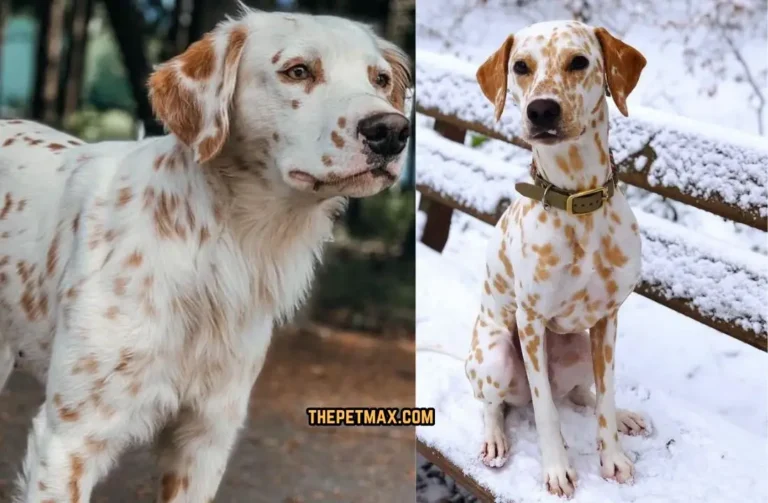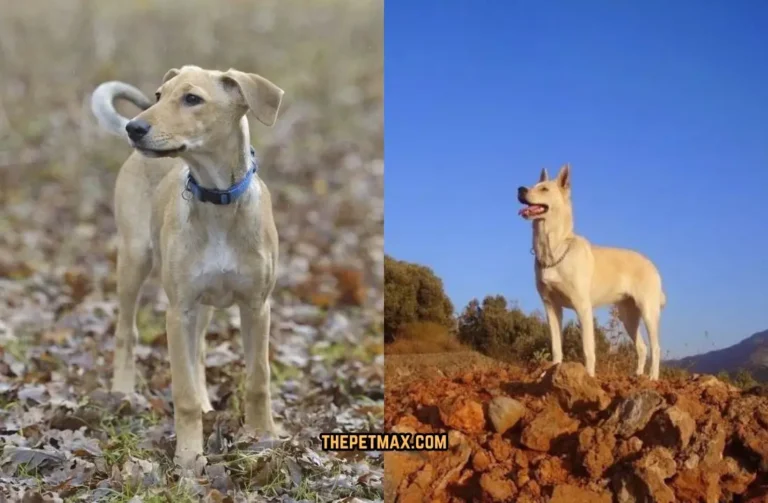Corgidor Dog Breed Guide With Pictures
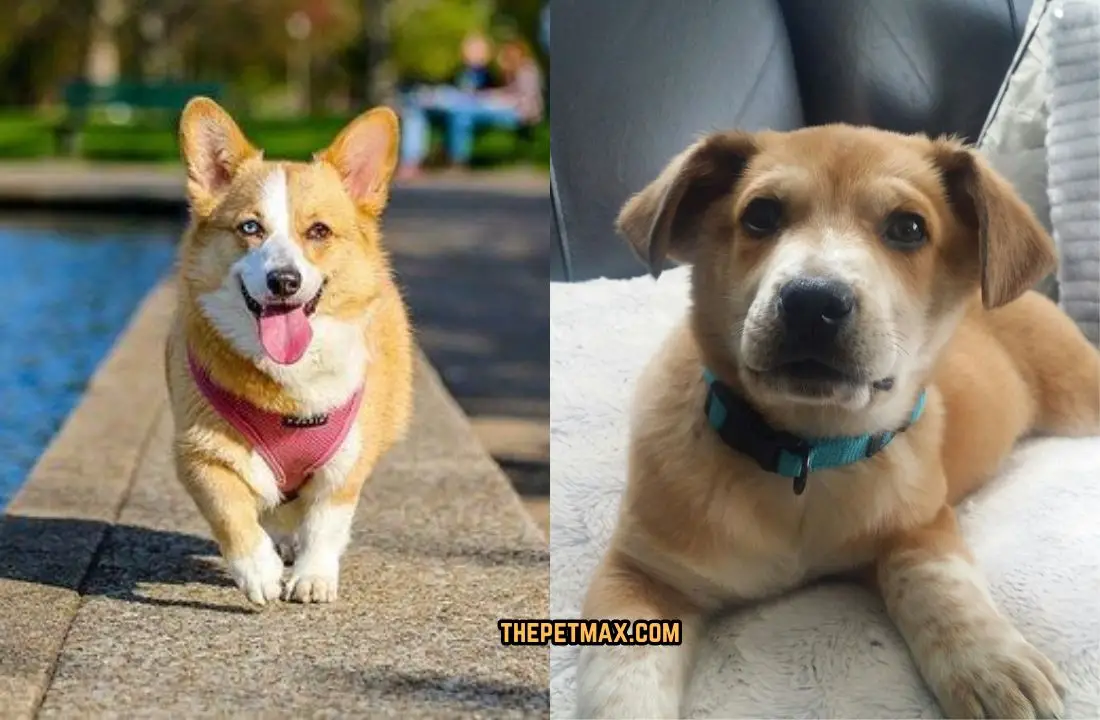
Although the Corgidor is not a popular breed, it is a loving cross between two popular dog breeds, the popular Welsh Corgidor and the Labrador Retriever. It is thought that this hybrid has been around for a long time and was caused by an accidental cross between the two parents.
However, at this time there is no history of this hybrid. The true qualities of the Welsh Corgidor as well as the gentleness, intelligence and calmness of the Labrador are some of the qualities that breeders want in their Corgidor dogs.
Contents
- 1 History of Corgidor Dog Breed:
- 2 Some Quick Facts About Corgidor Dog Breed:
- 3 Corgidor Dog Breed Overview & Appearance:
- 4 Temperament of Corgidor:
- 5 Are Corgidors Good Family Dogs?
- 6 Are Corgidors Good with Other Pets?
- 7 Food and Diet Requirements of Corgidor:
- 8 Exercise Needs Of Corgidor:
- 9 How to Train a Corgidor?
- 10 Grooming Needs of Corgidor:
- 11 Common Health Problems of Corgidor:
- 12 FAQ’s:
- 13 Conclusion:
- 14 Related posts:
History of Corgidor Dog Breed:
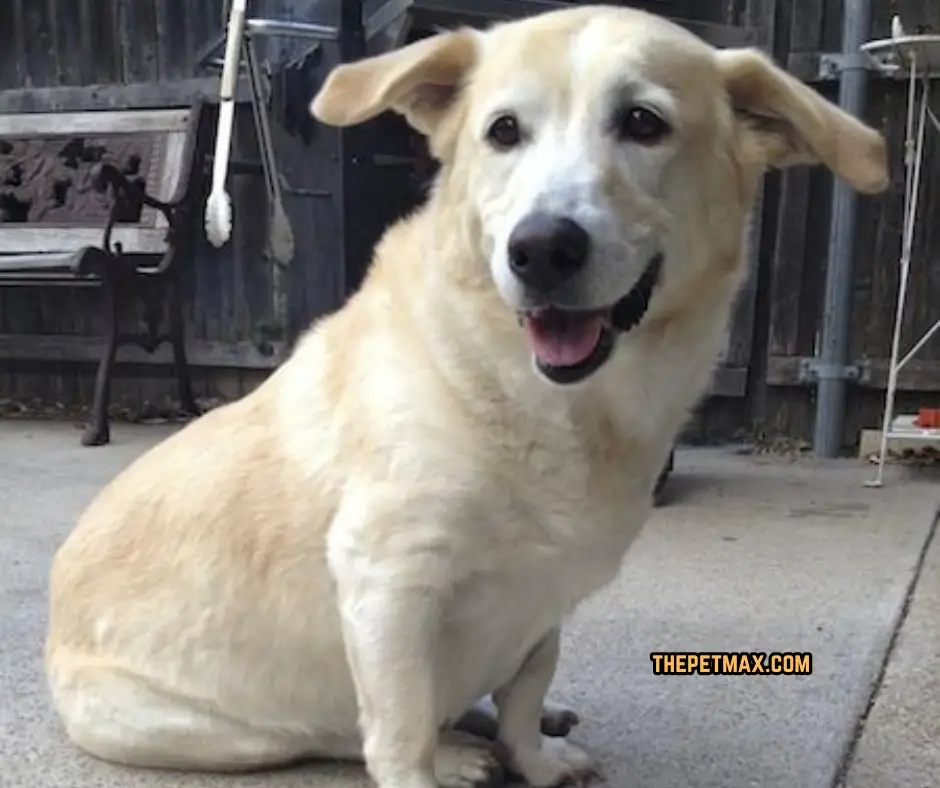
The Corgidor breed may be older than you think. Little is known about the history of the Corgidor but some say that Corgis and Labrador dogs were crossed for breeding purposes that began in the early 1900s.
Although not recognized by the American Kennel Club, Corgidors are recognized by the American Dog Registry. Although Corgidors are a popular breed, some end up in shelters or rescue groups. If you think this is the type that is right for you, you should consider adopting it. Check local shelters for Corgidor rescues, or ask about Corgis or Labrador retriever rescues, sometimes they take in mixed dogs and find them a home.
Some Quick Facts About Corgidor Dog Breed:
- Corgidors are the herding dogs of the world
- Corgidors are great guard dogs
- Labradors are the most popular breed of dog
Corgidor Dog Breed Overview & Appearance:
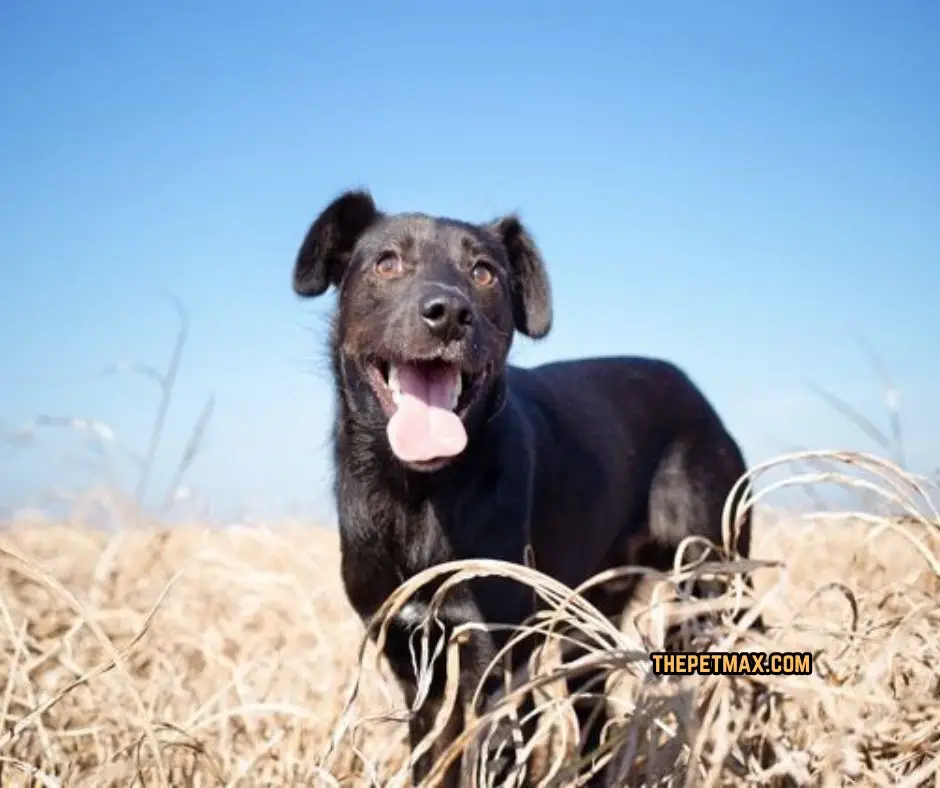
The Corgidor is a cross between the Welsh Corgi and the Labrador Retriever, commonly known as the Labrador Retriever. The coat is two-coloured, the breast and underparts are white but there are also dark markings. Corgidors have square heads, almond-shaped eyes and long noses.
Their ears are long but floppy and smaller than their Labrador parents. Corgidors are shorter than they are tall. This is a lesson well learned from the Welsh Corgis. However, Corgidors are hardy and come in different sizes and weights depending on the parent they are related to.
| Height | 10-23 Inches |
| Weight | 40–55 Pounds |
| Lifespan | 10 to 15 Years |
| Temperament | Loving, Affectionate, Vocal, Patient, Loves children |
| Litter Size | 4 to 8 Puppies |
| Group | Mixed Breed Dog |
| Size | Large |
| Colors | Brown, black, red, tan |
| Coat | Medium and Short |
| Shedding | Heavy |
| Puppy Price | $500-$1000 USD |
Temperament of Corgidor:
Corgidos are known for their love and affection towards their families. They also make good guard dogs and will bark if they and their families are threatened. This hybrid behaves well with children, showing great patience, love and protection with children of all ages. Labrador parents add a sense of kindness to strangers, but Welsh Corgi parents keep their Corgidor alert and protective.
Both parent breeds are intelligent and easy to train. Corgidors love to please their owners, but their stubborn nature makes training difficult. It is important to build strong bonds with your Corgidor and socialize it with other dogs, people and places. Both parent breeds provide the Corgidor with a lot of energy, but the Labrador has more energy requirements than the Welsh Corgi. Your Corgidor needs daily exercise to help increase energy levels to stay healthy.
Are Corgidors Good Family Dogs?
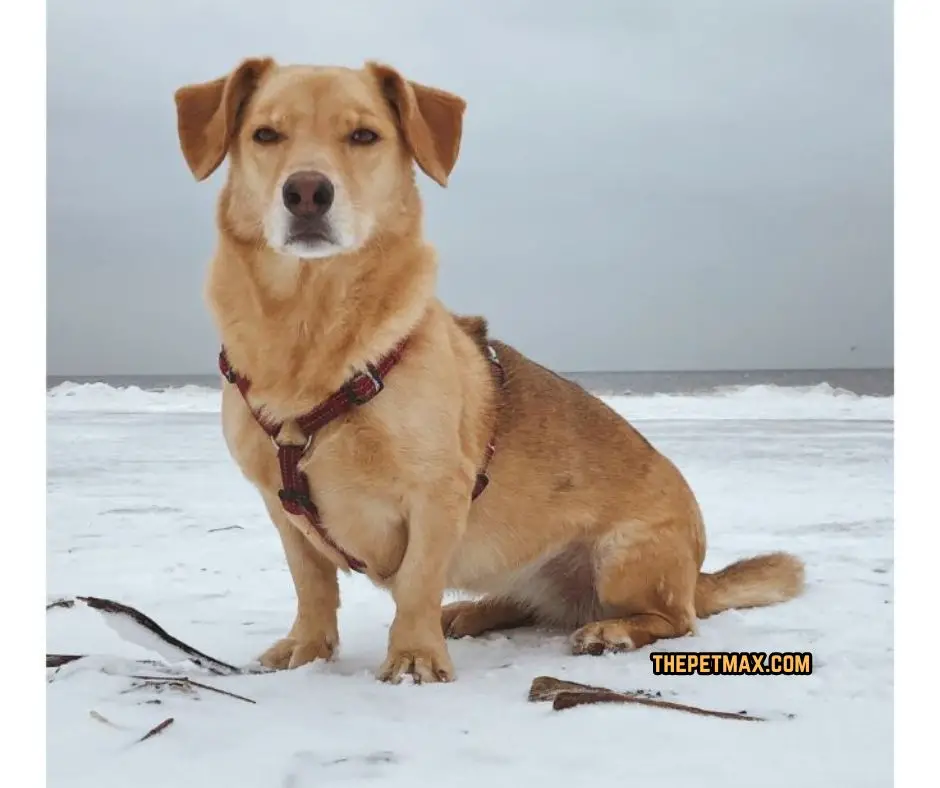
Corgidors make great family pets. It is very tolerant of children of all ages and the size means it is suitable for small children as it is not too small to cause accidental injury and not too large to injure children. In addition to being patient, they love to play, making them ideal pets for older children and families who enjoy the outdoors.
They can be very protective of children and other family members, although this rarely leads to anger. Being a corgidor to a dog means forming a close bond with its owner. This will not only help him to adjust, but without this connection, he may train harder. Early socialization, especially the lessons of dogs, will also help to achieve this goal and help him not to be afraid of people.
Are Corgidors Good with Other Pets?
Dog classes are also a great way to socialize your dog with other dogs. Not only is this important when walking your dog or taking him to the dog park, but it will make it easier for your dog to get to know cats and other animals in the future.
Corgidors of the Corgi breed are very active and it is difficult for your dog to get along with other pets in the house. However if you take a cautious and confident approach you will increase your chances of a successful installation and there are far worse types out there for this purpose.
Food and Diet Requirements of Corgidor:
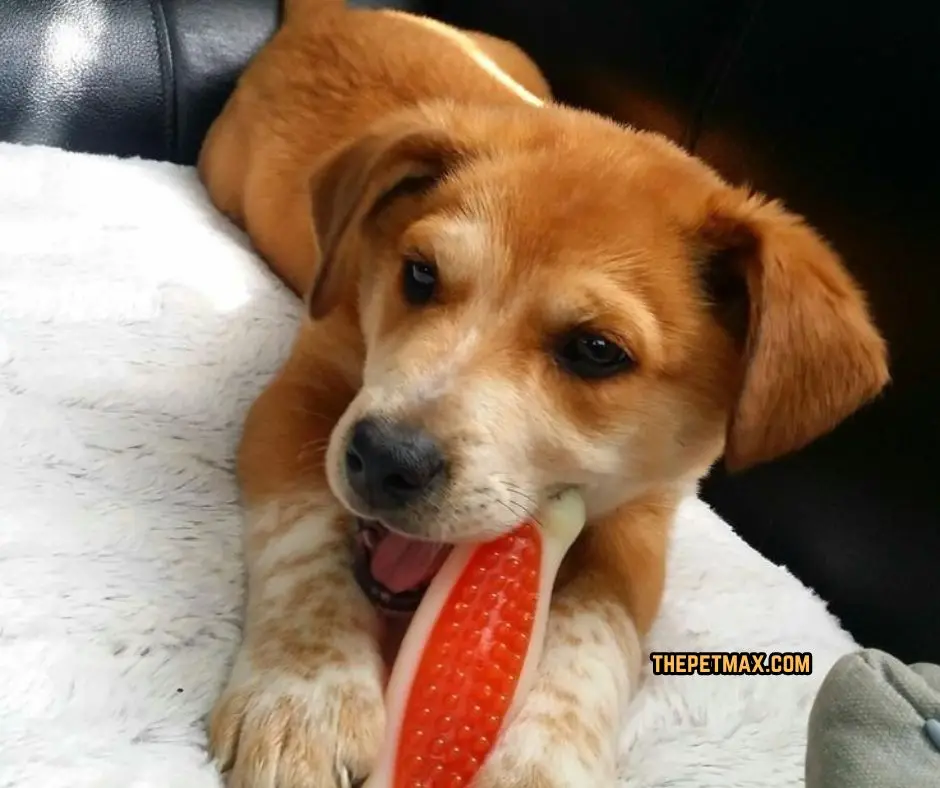
Corgidors are small, medium dogs with very strong energy levels. That means he’s going to eat about three cups of food a day. If you regularly take your dog for walks or engage in other forms of physical activity, you should make sure that this food is of high quality and contains sufficient protein.
The Corgi can be a seriously chunky dog, and the Labrador is notable for endlessly eating, in any event, when he is full. This indicates that the Corgidor can put on a lot of weight in a short amount of time. You can prevent this by observing, taking care of and by joining a decent eating regimen with ordinary activity.
Exercise Needs Of Corgidor:
Although Corgidos are smaller than Labradors, they have similar exercise needs. It has a high heat capacity and is good at doing this during games and playtime as well as walks. You should take your corgidor for a walk at least once a day and aim for one to two hours of exercise each day. Today, Corgidors are rarely used for herding, although they are sometimes still used.
But it does not mean that he or his descendants have lost him or his descendants to feed the sheep. You can take part in a feeding show with ducks, geese, sheep and other animals. On the other hand probably enjoys agility lessons and loves being let out to chase a ball or run with his family. Whether you’re going to the beach or the mountains, don’t be afraid to take your Corgidor with you on trips with your family. It will get dirty and wet, but you will love the experience.
How to Train a Corgidor?
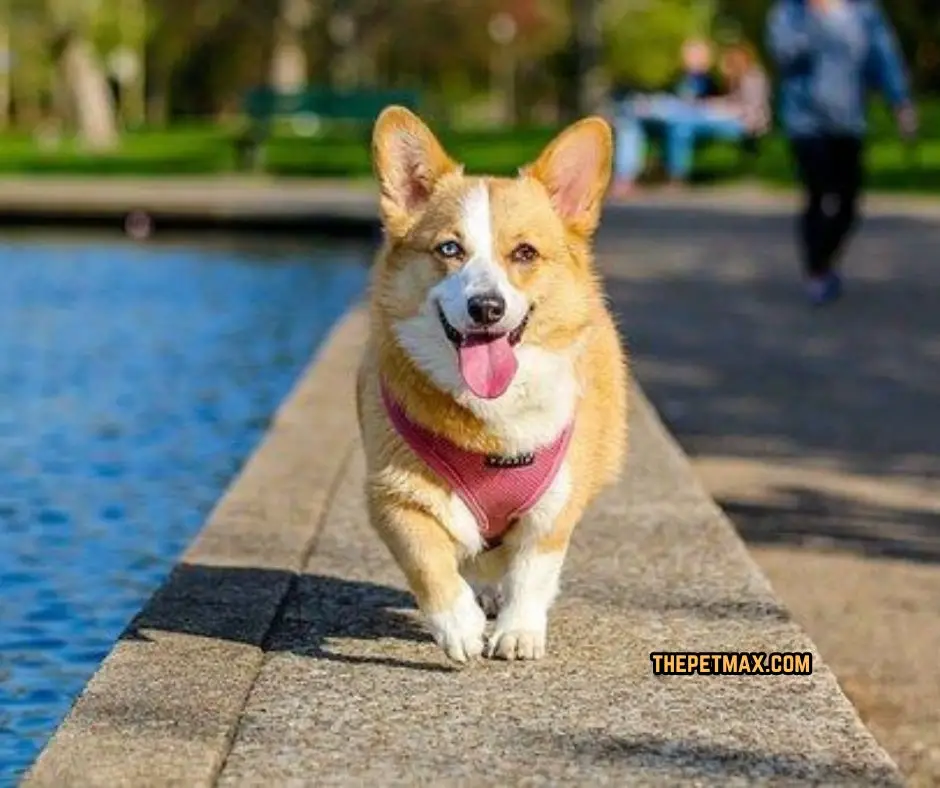
Labradors are the most popular guide dog breed in the world. He is a fast learner, very intelligent and loves his teacher. This makes it a good combination to train with. The Corgidor has many qualities, and its ability to learn is evident from its history as a herding dog. However, they are older and more mature than Labradors and are more difficult to train. Sign up for a training course for you and your dog.
These are not just teaching your dog sit, stay and other basic commands. It also gives you the skills you need to teach new commands, encourage good behavior, and eliminate bad behaviors. Puppy classes give you the opportunity to socialize your dog with other dogs and other people.
Grooming Needs of Corgidor:
A Corgidor’s coat is a mixture of the fur and colors of its Corgi and Labrador parents. The main colors of Corgidors are brown, black, red and chocolate. Sometimes their fur is a solid color and sometimes they come in a variety of colors and patterns.
In general, it is short in the form of fur and little decoration. Brushing every week may be beneficial, but it can also cause hair loss. A robot cleaner can be your best friend. Corgidors grow better in cooler climates than in warmer climates. They burn easily, so give these children fresh water.
Common Health Problems of Corgidor:
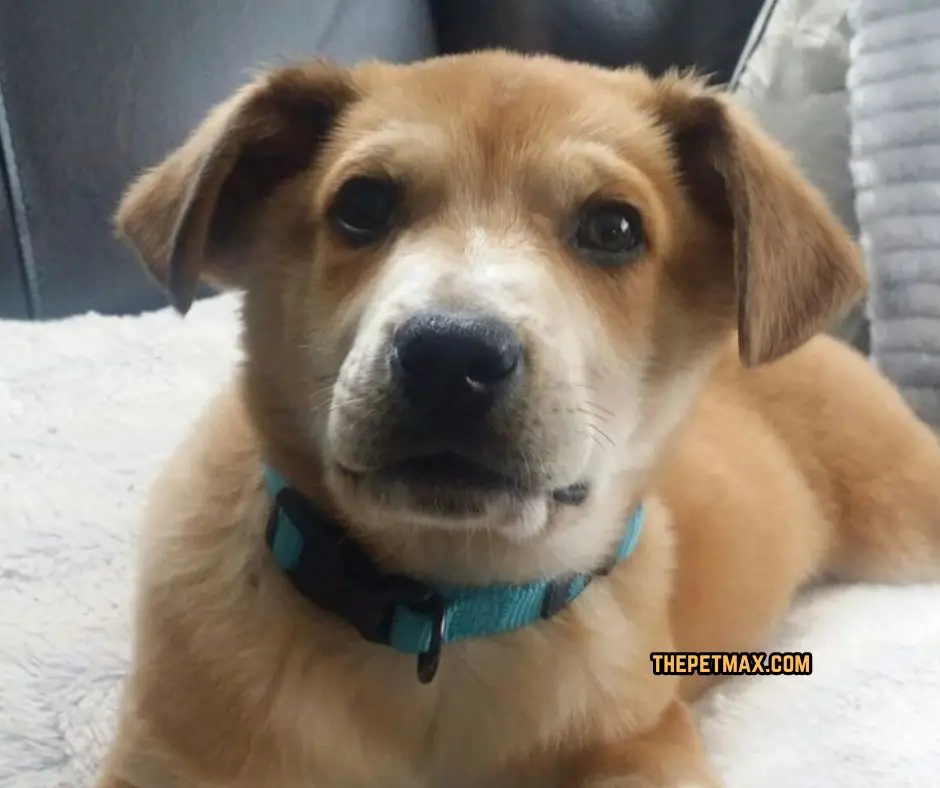
Mixed-breed dogs can inherit some of the same health problems as their parent breeds. But at the same time, hybrids like Corgidor are very healthy and hardy. It is best to know what the health problems are so that you can recognize the symptoms early and send your pet to the appropriate veterinary care.
You should also buy your dog from a reputable breeder who has a track record of the health of the dog’s parents. Also, remember that there is no way to predict the long-term survival of an individual dog and there is no guarantee that your pet will develop a disease. The most common health problems in Labrador Retrievers and Corgis are eye disease, joint dysplasia, ear disease, skin problems, swelling, epilepsy, cold tail, osteochondritis dissection, back problems, and large and intervertebral disc disease.
FAQ’s:
What is a corgidor?
Corgidor is a cross between a Labrador Retriever and a Corgi. Each Corgidor looks different but has short legs, big ears, and friendly eyes. Corgis come in many colors; depending on the type of parent, the feathers are brown, white, copper, black or gold.
How big will a corgidor get?
Corgidors are medium-sized dogs, weighing 40 to 55 pounds. Expect your Corgidor to be 12-23 inches tall, depending on the genetics of their parentage. If you adopt a Corgidor through animal rescue, remember that there is no guarantee that your Corgidor will be purebred, meaning that they are larger and have different physical characteristics.
Are corgidors hypoallergenic?
Corgidors are not hypoallergenic. Of course, these slow-moving pups tend to decline throughout the year. Whether the fur is white, black or brown, you will still see dog hair on your furniture if you don’t wash it regularly. Brush your hair two to three times a week to control hair loss.
Conclusion:
Corgidor was born to two wonderful parents: a labrador and a welsh corgi. There’s a reason why Labradors have been America’s most popular dog breed for over 20 years and why Corgis always appear on top 12 lists. Because it is a gentle and affectionate breed that makes great family pets. The Lab Corgi mix is the best of both worlds.
Active families, especially those with children, will greatly appreciate the features that the Corgidor brings to their family. He can be trained, but he will succeed if you have a strong bond with him. This breed is intelligent, but somewhat stubborn. He is very patient and good with small children. The Cogidor is also a healthy and active dog that adapts quickly and effectively to its family. Such is its beauty and its resilience.
